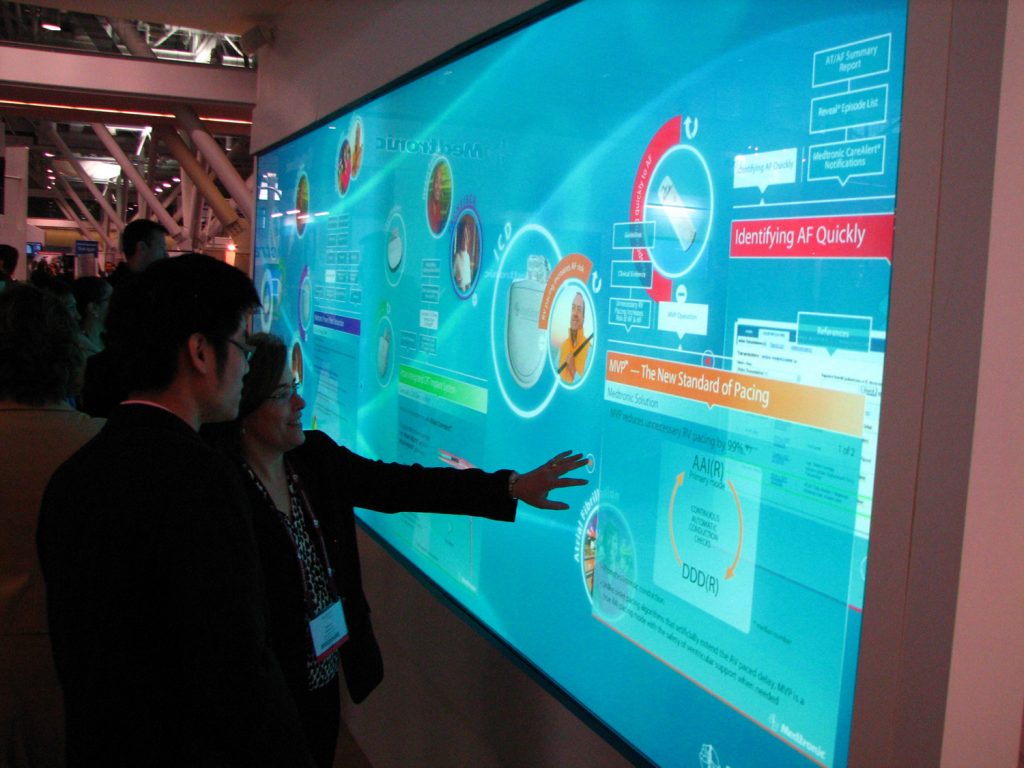From consumer electronics to digital displays to industrial PDAs, every year touch screen technology plays an ever-bigger role in society. Devices built for work, entertainment, advertising, manufacturing, and transportation are proliferating and the competition to build and sell these products is mounting. If your company is struggling to build competitive touch screen applications, whatever your sector, it may be time to consider changing your touch screen supplier.
#1 Reduce Costs
Even if you’re already producing high-quality components, you can always reduce costs. Given the competitiveness of today’s market, often the only way to improve your profit margin is to find new efficiencies in your supply chain, rather than raising prices. Your suppliers are a key component to the supply chain and they may be able to help you reduce costs. One new feature of capacitive touch screen technology that could help you reduce your costs is a common controller. A common controller serves screens of multiple sizes, in turn reducing your one-time engineering costs and your inventory costs.
#2 Better Technology
If you make electronic devices, you have to stay at the cutting edge of technology. In the world of touch screens, that means higher quality capacitive touch screens, tougher and more durable resistive touch screens, or new innovations like multiplex projected capacitive touch screens. MPCs are unique in that they use a single controller, with no need to reprogram specific orientations. Industrial applications need to be carefully calibrated to specific orientations, which make changing orientations time consuming or not worth the effort.
There are also a number of new technology solutions that can improve a device’s durability by making the screen resistant to impact, scratching, gouging, dust, or chemicals. In industrial or transportation uses, high replacement costs can send your customers elsewhere. Better technology can keep replacement costs down and your customers content.
#3 Collaborative Design
One of the leading touch screen suppliers in North America, A D Metro is well-known for taking an active and collaborative role in the design phase of any device for which it supplies touch screens. There is no “one-size-fits-all” solution and each application has its own parameters and requirements. As a manufacturer, the quality of your devices is on the top of your mind, but you can’t deliver high-quality products if the touch screen and the application are at odds. The screen is, after all, the interface that will define how the user experiences the application. The design of the application must take into account the touch screen, and vice versa, to minimize defects and errors that arise during use. Manufacturers like A D Metro can use a suite of technology solutions like optical enhancements, strengthened substrates, EMI shielding, mullion heaters, and sensor integration to optimize the screen for the application.
Sensor integration heads off problems that arise when screens are mounted or installed incorrectly. A company that works with yours on the mechanical design of your product can prevent these issues from degrading the quality of your final product. If you’re struggling to create a better application, it may not be your tooling that’s the problem, it may be the way you integrate touch screens. Changing suppliers is much easier than retooling your shop, so consider working with another company.


